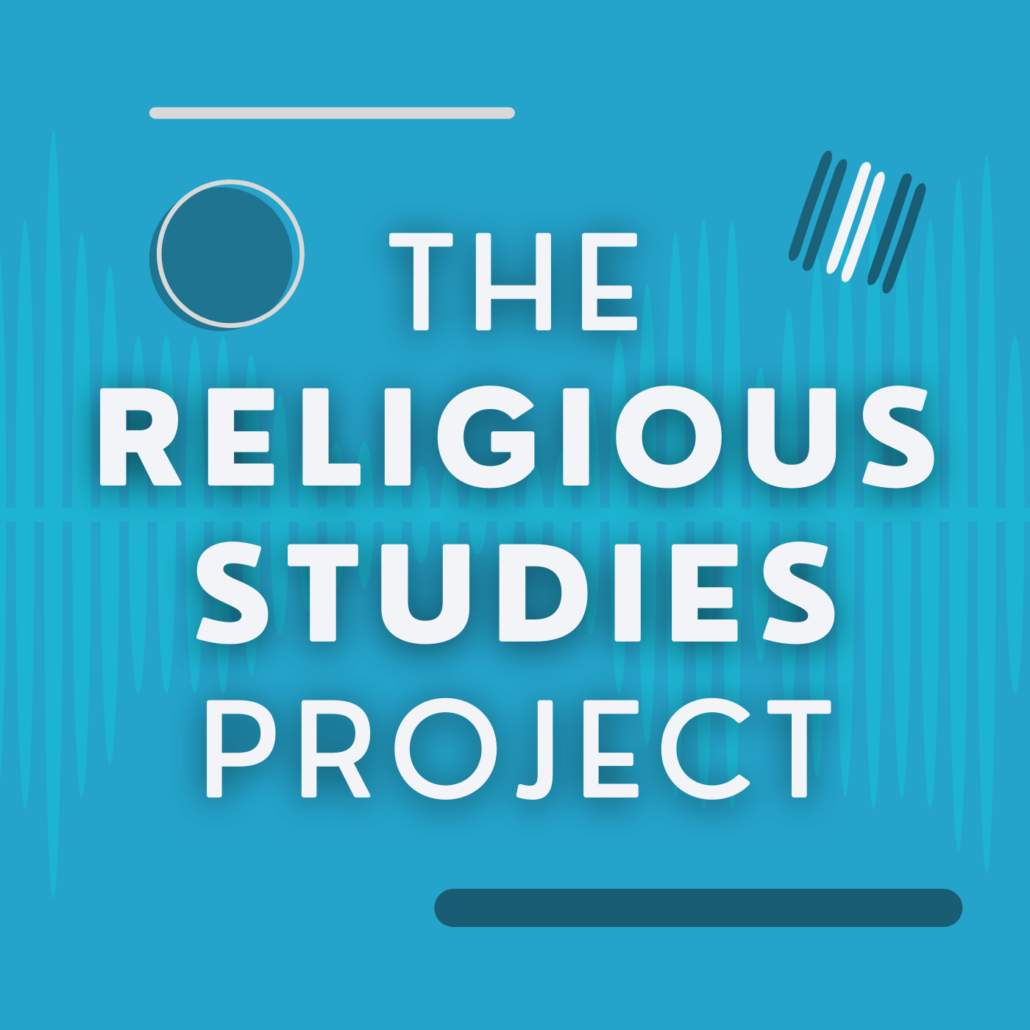The research project of Dimitris Xygalatas is part of a growing trend in cognitive approaches to human sociality. This trend involves breaking down the boundary between the lab and the field; sometimes this involves bringing the field into the lab—an approach not uncommon to many social psychologists—and other times it involves bringing the lab into the field—an approach favored and in many ways pioneered by Xygalatas. His work, which is well-presented in his (relatively) new book The Burning Saints: Cognition and Culture in the Fire-Walking Rituals of the Anastenaria(Xygalatas, 2012), is a great example of this trend. Breaking down the boundary between the research lab and the “field site” is becoming more common beyond the boundaries of religious studies and anthropology.
I think it is worthwhile to explain a little more what is meant by “breaking down the boundary between the lab and the field”. Xygalatas notes that there has been a tension between those researchers who say that the lab is a great research environment because it allows one to control for extraneous variables, on the one hand, and those who say the lab is too sterile to adequately address questions relating to human action in the real world, on the other. For reasons that are discussed in many forums and at greater length than I can offer here (in religious studies, the work of Ted Slingerland and Ann Taves come to mind), both sides of the debate have good points. However, what Xygalatas and others do is question the dichotomy between “the lab” and “the field.” Xygalatas and others have published a number of studies that take lab-based measures deployed in the field (for examples see Konvalinka et al., 2011; Xygalatas, Mitkidis, et al., 2013; Xygalatas, Schjoedt, et al., 2013). Some of these methods are common to anthropology, such as coded interviews (Xygalatas, 2007, 2012). Other methods are common to social psychology, such as measures of identity. Still other of his methods are common to physiology, such as monitoring heart rate as a proxy for arousal.
What is most important about the integrated approach, and why this approach needs to be embraced by both the humanities and the sciences, is its ability to quantifiably study human action and social groups in situ. It corrects for sterile lab environments that suffer from a lack of ecological validity and often suffer from significant sampling issues (Henrich, Heine, & Norenzayan, 2010). However it also allows for a quantification that can provide the opportunity for statistical testing to understand and compare groups. It also gives us a method for getting past the issues of relying solely on self-reporting. An empirical and theoretically grounded approach, like the one presented by Xygalatas, creates a very interesting foundation for a truly comparative approach to religions; one that it could be argued has been the focus of secular religious approaches since Max Müller. For the sciences, such an approach offers a more “realistic” look at human sociality. For instance, understanding what happens during certain social events can be reconstructed to an extremely limited extent in the lab. However, bringing lab techniques into the field gets around this issue. Furthermore, there are many things that researchers can’t recreate in the lab because it would be unethical for a researcher to ask participants to walk over hot coals, pierce themselves with rods, or carry great burdens for long distances in intense heat. However, many individuals do such actions of their own volition because it is an important part of many societies. Without taking an approach along the lines of Xygalatas’, researchers would not be able to get a truly scientific understanding of these experiences.

Although I believe that Xygalatas’ research project is a good example of a scientific approach to religion, I would argue that there is a second approach that works best in conjunction with an approach such as Xygalatas’, and this approach utilizes “big data.” Recently, I discussed in a very general way how the use of computational approaches can offer a valid and interdisciplinary approach to understanding complex human social systems (Lane, 2013). In this article I mentioned that there is a large depository of data from our digital lives that remains basically untouched, at least by academic researchers. Over the past few years, a number of scholars have teamed up with the private sector (either directly or indirectly) in order to gather and analyze data. Examples of this include work with Facebook (Backstrom, Boldi, Rosa, Ugander, & Vigna, 2012), Twitter (Goldberg, Hayvanovych, & Magdon-Ismail, 2010; Gonçalves, Perra, & Vespignani, 2011; Lerman, Ghosh, & Surachawala, 2010; Ritter, Preston, & Hernandez, 2013), and Microsoft (Leskovec & Horvitz, 2008). Many researchers are also supplementing this data approach with what has been termed “reality mining” (Eagle & Pentland, 2005). This “reality mining” uses our online data, mobile phone data, or sociometric badges—devices designed to collect data on our interactions in real time—in order to collect data on social interactions (see Pentland, 2014 for an overview). Researchers can leverage these highly quantified data sets (as well as construct their own) to test hypotheses concerning human sociality. What is human religiosity if not some social phenomenon? Of course, there are many definitions of religion; however, if you take social interactions away from any of them, you are likely left with a definition that is at least lacking. While these data sets are not always recording information about religious beliefs and behaviors, they are recording—with great precision—the social fabric of human organizations. This fabric, that until recently we haven’t really known that much about in any quantified sense, is the foundation of religion as well as other social phenomena such as culture, politics, and economics. I think that a convergence or dialogue between the computational/big data approach—that gives a very broad and precise view of sociality—and Xygalatas’ experimental anthropological approach—that gives an in depth and explanatory view—could create a framework for studying religion that can answer questions without denying the role of context, the role of the individual, or the role of the inter-personal relationships.
References
Backstrom, L., Boldi, P., Rosa, M., Ugander, J., & Vigna, S. (2012). Four Degrees of Separation (No. arXiv:1111.4570v3) (p. 13). Retrieved from http://arxiv.org/abs/1111.4570
Eagle, N., & Pentland, A. (2005). Reality mining: sensing complex social systems. Personal and Ubiquitous Computing, 10(4), 255–268. doi:10.1007/s00779-005-0046-3
Goldberg, M. K., Hayvanovych, M., & Magdon-Ismail, M. (2010). Measuring Similarity between Sets of Overlapping Clusters. In IEEE International Conference on Social Computing (pp. 303–308). doi:10.1109/SocialCom.2010.50
Gonçalves, B., Perra, N., & Vespignani, A. (2011). Modeling users’ activity on twitter networks: validation of Dunbar’s number. PloS One, 6(8), e22656. doi:10.1371/journal.pone.0022656
Henrich, J., Heine, S. J., & Norenzayan, A. (2010). The weirdest people in the world? The Behavioral and Brain Sciences, 33(2-3), 61–83; discussion 83–135. doi:10.1017/S0140525X0999152X
Konvalinka, I., Xygalatas, D., Bulbulia, J., Schjødt, U., Jegindø, E., & Wallot, S. (2011). Synchronized arousal between performers and related spectators in a fire-walking ritual. Proceedings of the National Academy of Sciences, 108(20), 8514–8519. doi:10.1073/pnas.1016955108/-/DCSupplemental.www.pnas.org/cgi/doi/10.1073/pnas.1016955108
Lane, J. E. (2013). Method, Theory, and Multi-Agent Artificial Intelligence: Creating computer models of complex social interaction. Journal for the Cognitive Science of Religion, 1(2), 161–180.
Lerman, K., Ghosh, R., & Surachawala, T. (2010). Social Contagion: An Empirical Study of Information Spread on Digg and Twitter Follower Graphs. In Proceedings of the Fourth International AAAI Conference on Weblogs and Social Media.
Leskovec, J., & Horvitz, E. (2008). Planetary-scale views on a large instant-messaging network. Proceeding of the 17th International Conference on World Wide Web – WWW ’08, 915–924. doi:10.1145/1367497.1367620
Pentland, A. (2014). Social Physics: How Good Ideas Spread-The Lessons from a New Science. London: Scribe.
Ritter, R. S., Preston, J. L., & Hernandez, I. (2013). Happy Tweets: Christians Are Happier, More Socially Connected, and Less Analytical Than Atheists on Twitter. Social Psychological and Personality Science. doi:10.1177/1948550613492345
Xygalatas, D. (2007). Firewalking in northern Greece: A cognitive approach to high-arousal rituals. Queen’s University, Belfast.
Xygalatas, D. (2012). The Burning Saints: Cognition and Culture in the Fire-Walking Rituals of the Anastenaria. Bristol, CT: Equinox Publishing Ltd.
Xygalatas, D., Mitkidis, P., Fischer, R., Reddish, P., Skewes, J., Geertz, A. W., … Bulbulia, J. (2013). Extreme rituals promote prosociality. Psychological Science, 24(8), 1602–5. doi:10.1177/0956797612472910
Xygalatas, D., Schjoedt, U., Bulbulia, J., Konvalinka, I., Jegindo, M., Reddish, P., … Roepstoff, A. (2013). Autobiographical Memory in a Fire-Walking Ritual.



